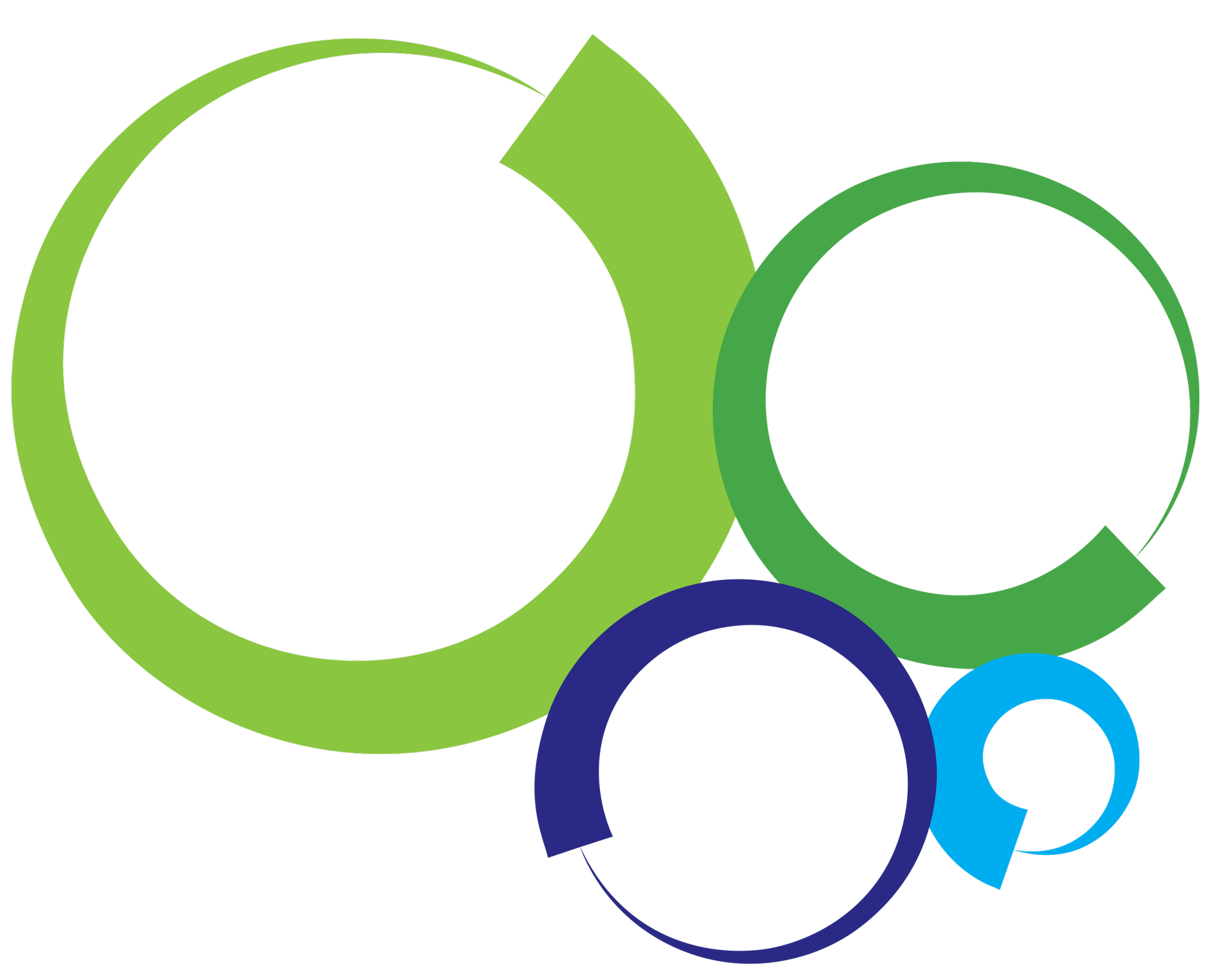Health Literacy
Health literacy is about how people understand health information and how they use it to make choices about their health. There are two parts to health literacy:
- Individual health literacy is about how a person’s skills enable them to understand health information and use this information to make choices about their health.
- Health literacy environment involves all parts of the health system which affect people’s access to health services and information. The environment can include policies, physical space, people and more.
Why is Health Literacy important?
Almost 60% of Australians have low health literacy. People with low health literacy are:
- up to three times more likely to have poor health outcomes.
- more likely to need to go to the hospital
- less likely to take part in preventative health (such as cancer screening and vaccines)
- at higher risk of premature death
If we improve health literacy, we will:
- improve people’s health and quality of life
- empower people to take care of and improve their own health
- help to lower costs to the health system and to people who access it
Health Literacy in our Region
We are working with community and health professionals to:
- encourage health information that is easy to understand
- ensure the services we commission build the health literacy of the community
- develop the skills of primary care workers in the Nepean Blue Mountains to improve communication with their patients
- include health literacy strategies within our core activities
Communication Tips for Health Professionals
- Use plain language, avoid jargons and acronyms. See the Plain Language Thesaurus for health communication
- Use communication aids such as pictures or demonstrate with models
- Use the TeachBack method to check for understanding. Do the accredited free course on TeachBack
- Use an interpreter if needed. Make sure you adjust your communication when using an interpreter. You can still use the TeachBack method when using an interpreter.
- Make sure that forms and health information handouts are easy to understand. To check, you can:
- Get feedback from the patient on whether the information is clear
- Use a readability checker to review the text. We recommend the Health Literacy Editor.
- Adopt a Universal Precautions Approach. You cannot tell who has low health literacy by looking at them. You should assume all people may not understand the information and advice provided.
See our Health Literacy Framework for more information on how we will improve health literacy.




